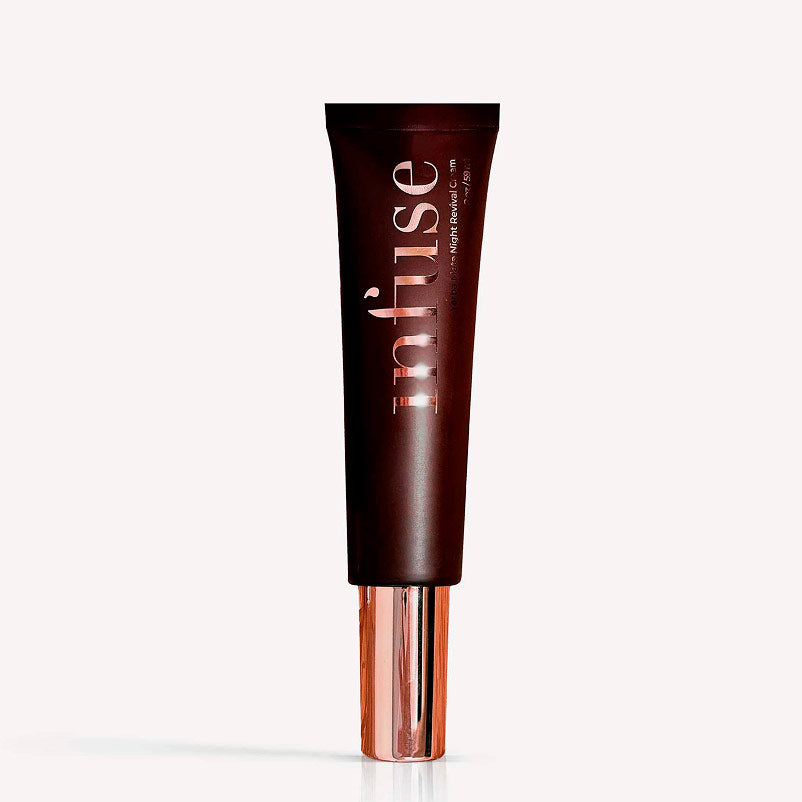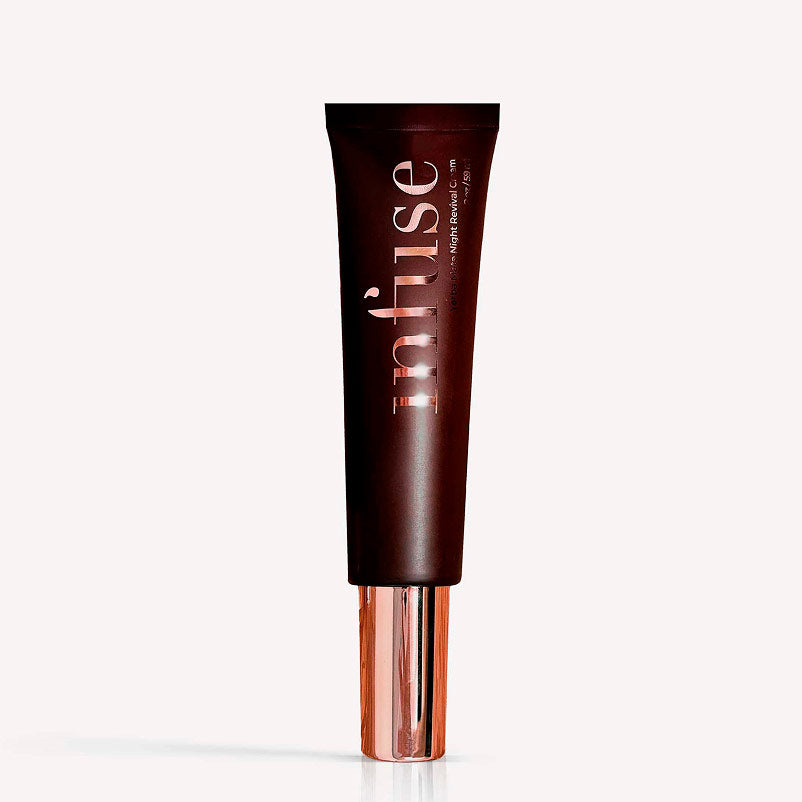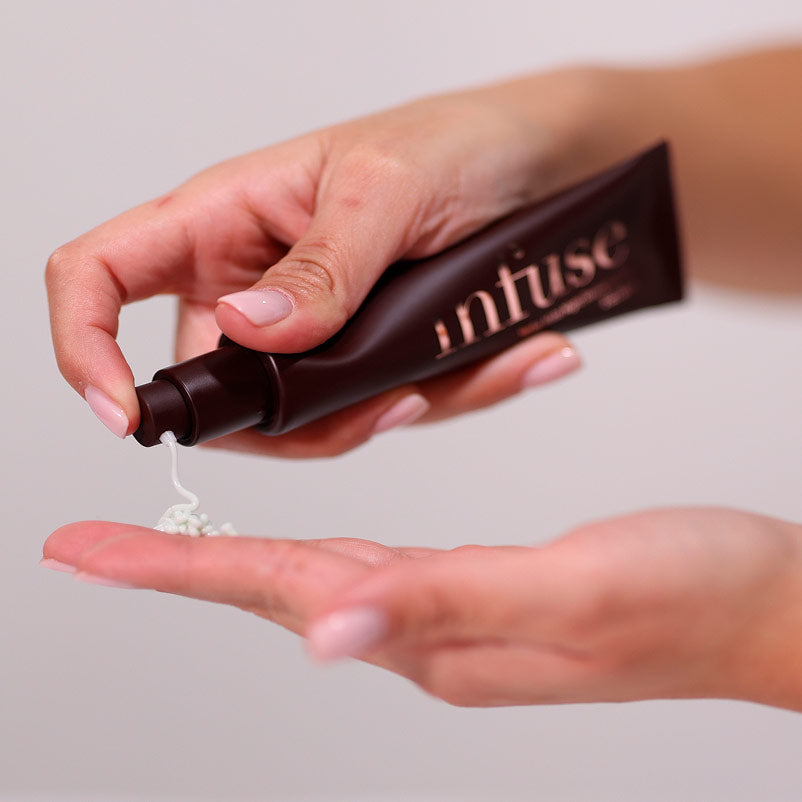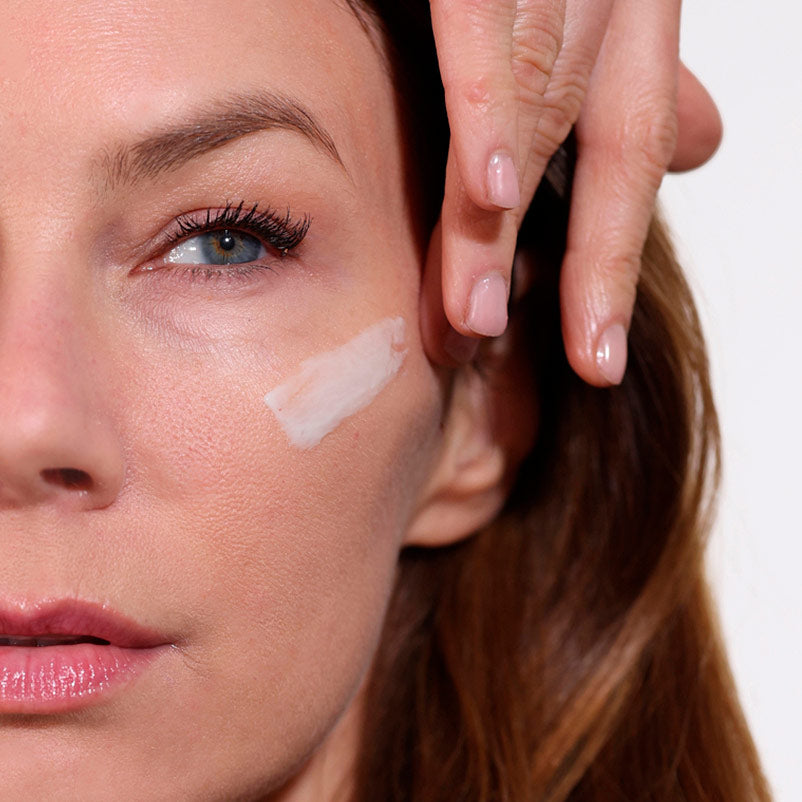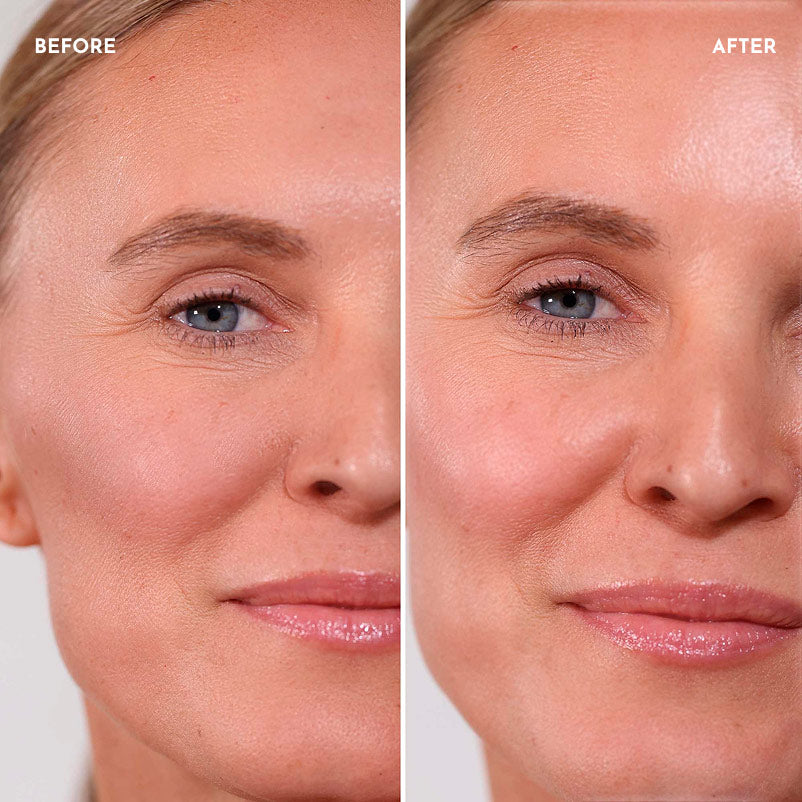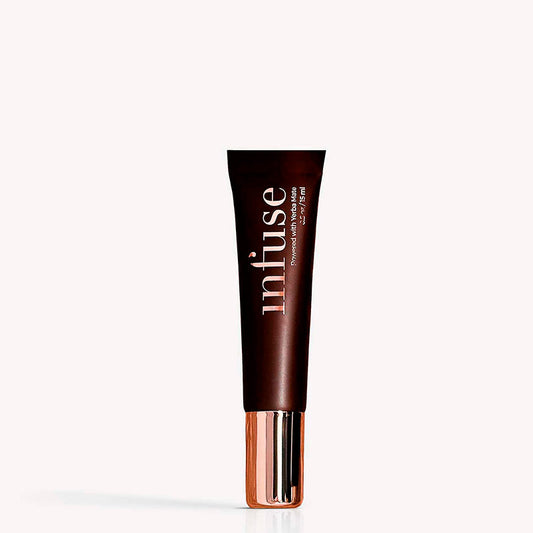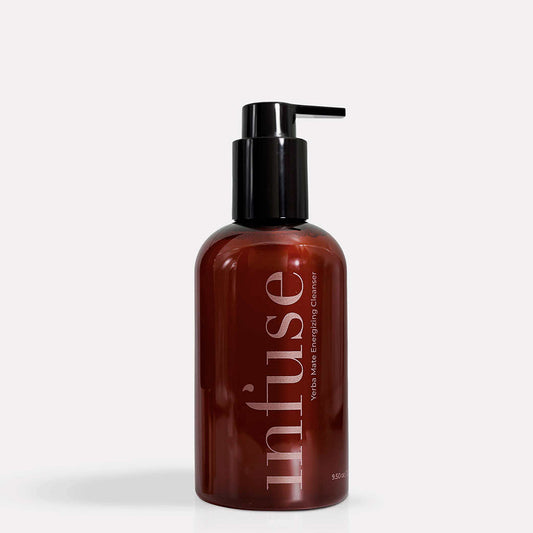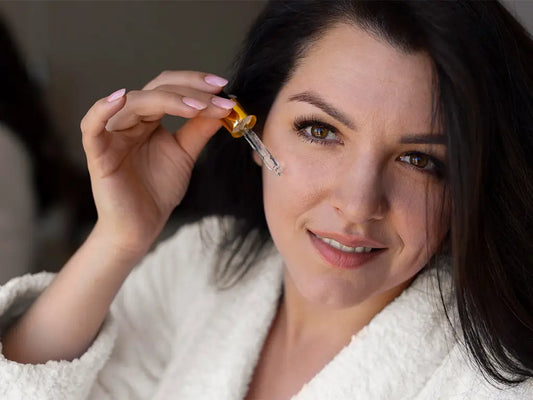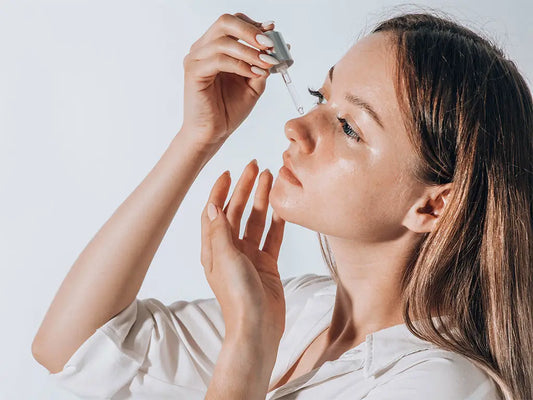Is My Skin Dry or Just Thirsty? Hydration 101

Dry skin is a skin type (lacks oils), while "thirsty" or dehydrated skin is a condition (lacks water). A simple pinch test can help you tell: if your skin snaps back slowly, it likely needs water; if it flakes or feels tight, it probably needs oils too.
Why This Matters to Your Glow
Picture this: your skin feels tight after washing, looks dull mid‑day, or you notice fine lines that weren’t there before. That dryness might be more than just harsh weather—it could be thirst. Getting the difference right lets you choose the right products: hydrating vs moisturizing, humectants vs emollients.
In this post, we’ll guide you through the signs, solutions, and simple steps to hydrate your skin effectively—boosting comfort, glow, and confidence.
Dry Skin vs Dehydrated Skin
What Is Dry Skin?
A skin type defined by low oil (sebum) production.
- Signs: flakes, redness, rough texture, itchiness.
What Is Dehydrated Skin?
A temporary water deficit in the skin.
- Signs: tightness, dullness, fine lines, slow bounce-back in pinch test .
Why Differentiating Is Crucial
- Dry skin needs emollients and barrier support—e.g. oils, ceramides.
- Dehydrated skin benefits from humectants—like hyaluronic acid or glycerin—to draw in water.
One product that blends hydration and soothing actives is the Yerba Mate Radiance Eye Cream, it’s packed with antioxidants and humectants that visibly revive the eye area, especially when dehydration shows up as fine lines.

How to Test Your Skin: The Pinch Test
Gently pinch a bit of skin on your cheek or hand.
- Snappy return = hydrated
- Slow return = dehydrated
- Flakes + tightness = dry skin.
Hydration Tips for Thirsty Skin
1. Humectants Are Your Best Friend
Look for hyaluronic acid, glycerin, aloe, panthenol. These attract and hold onto water .
2. Lock It In with a Moisturizer
After applying hydrating serums, always add a barrier moisturizer containing ceramides, squalane, or plant oils.
The Yerba Mate Night Revival Cream is a perfect nighttime barrier-support option—rich, soothing, and infused with nourishing botanicals that help retain hydration overnight.
3. Simplify Harsh Regimens
Avoid over‑exfoliating or alcohol-based cleansers that strip moisture. Instead, choose gentle cleansing and exfoliation.
4. Boost Your Environment
Use a humidifier indoors and remember—drinking water alone does not hydrate the skin’s surface.
5. Support from Within
Eat water-rich foods (e.g., watermelon, cucumbers) and omega-rich nutrients—these support skin hydration long-term .
Sample 3-Step Hydration Routine
|
Step |
Product Type |
Benefit |
|
AM |
Gentle hydrating cleanser + humectant |
Wash away impurities while hydrating |
|
Hydration serum (e.g., hyaluronic) |
Attracts moisture into skin |
|
|
Lightweight moisturizer with ceramides |
Seals water in, supports barrier |
|
|
PM |
Repeat AM skin cleanse and hydration |
Restore overnight plumpness |
|
Rich occlusive moisturizer |
Prevent overnight moisture loss |
|
|
Weekly |
Gentle exfoliation (lactic/glycolic acid) |
Removes dead skin to improve absorption |
Read more: Night Cream vs. Day Cream
Final Takeaway
If your skin feels tight or looks dull, it’s likely thirsty. But don’t just moisturize, hydrate then seal. Use humectants to pull in water, follow with a barrier-support moisturizer, and protect your skin from environmental stress. And remember, the best glow comes from both inside and out.
Hydration isn’t just a step in your routine, it’s the foundation.
Read more: 10 Tips for Staying Hydrated This Summer

